Specifications and Main Features
- Model Number: CE 96-190
- Dryer Type: Gas Type
- Power: 208 to 460 volts, 50/60 Hz, 3-phase
- Drive Motor: 3 HP
- Operating Temperature Sensor: 225°F (107°C)
- Manual Reset Hi-Limit Thermostat: 330°F (166°C)
- Lint: Must not be clogged to operate properly
- Safety Features: Main Door Switch, Lint Door Switch, Sail Switch (Gas Models Only), Burner HiLimit, Manual Reset Thermostat
- Construction: Metal shell with non-flammable materials
- Airflow Requirement: Clean make-up air free of dry cleaning solvent vapors is required.
- Exhaust Requirement: Adequate duct sizing is required to prevent back pressure.
- Maintenance: Lint drawer and screen cleaning every third load. Cleaning and inspection of the interior on a regular basis.
- Dimensions and Weight: The text does not indicate it.
Frequently Asked Questions
- Q: What do I do when the lint screen needs cleaning?
A: Lint screens require cleaning after every third load, or there will be performance loss of the system.
- Q: What do I do if I cannot get the dryer to start?
A: Look for the main door, and verify that it is properly shut or not. Ensure that the lint drawer is closed too.
If the issue continues, please check the connections as well as the power supply.
- Q: How often should I clean the dryer exhaust duct work?
A: The National Fire Protection Association recommends inspecting and cleaning the duct work as well as the inside of the dryer twice in a year.
- Q: Can I dry mop heads in this dryer?
A: No, dry mopping heads can act as a fire hazard and therefore drying them is not advisable.
- Q: What kind of gas can I use to the dryer?
A: The dryer can be operated with natural gas or L.P. (liquid propane) but ensure that it fits the type marked on the dryer data label.
- Q: What should I do if I smell gas when standing close to the dryer?
A: Avoid igniting the appliance or operate any electrical switches, simply vacate that area and contact your gas supplier or fire brigade.
- Q: Can the dryer be left unattended while running?
A: For your safety never at any one time should you leave the dryer alone while it is on.
- Q: In what way can I help my dryer work properly?
A: Your dryer can work optimally through constant maintenance, cleaning the lint build up, allowing airflow or checking the size of the exhaust duct.
The drawback of a standard split-plot design of an experiment is that within a single period of the expansion of an experiment to a multi-factor design, interactions cannot be estimated except those embedded in the subblocks. In this article, the topical experimental designs are considered with the aim of making the non-central overlap easier. The notion overlap C, for example, quite easily.
Currently, there are sufficient approaches and methods for statistically substantiating the principles of technical systems, as well as for determining factors affecting control or predicted parameters. When identifying factors, outstanding researchers highlight the problems of exact construction of experimental planning. Not to mention actual limitations whose containment is either economically or technically infeasible, which of course must be detected and dealt with. Such designs as two-level and balanced incomplete blocks are most famous and the most applicable in practice.
Most recently, a complexity scale was introduced, the modernization of any high-precision system was classified according to complexity from K0 achieving design reliability to K5 improving design and reliability. This permitted both definitions to be refined and their applicability to real life evaluated. A high precision modern device operation is offered, which compares the empirical and forecast values floating currents so as to prevent cross-talking interference.
User Manual
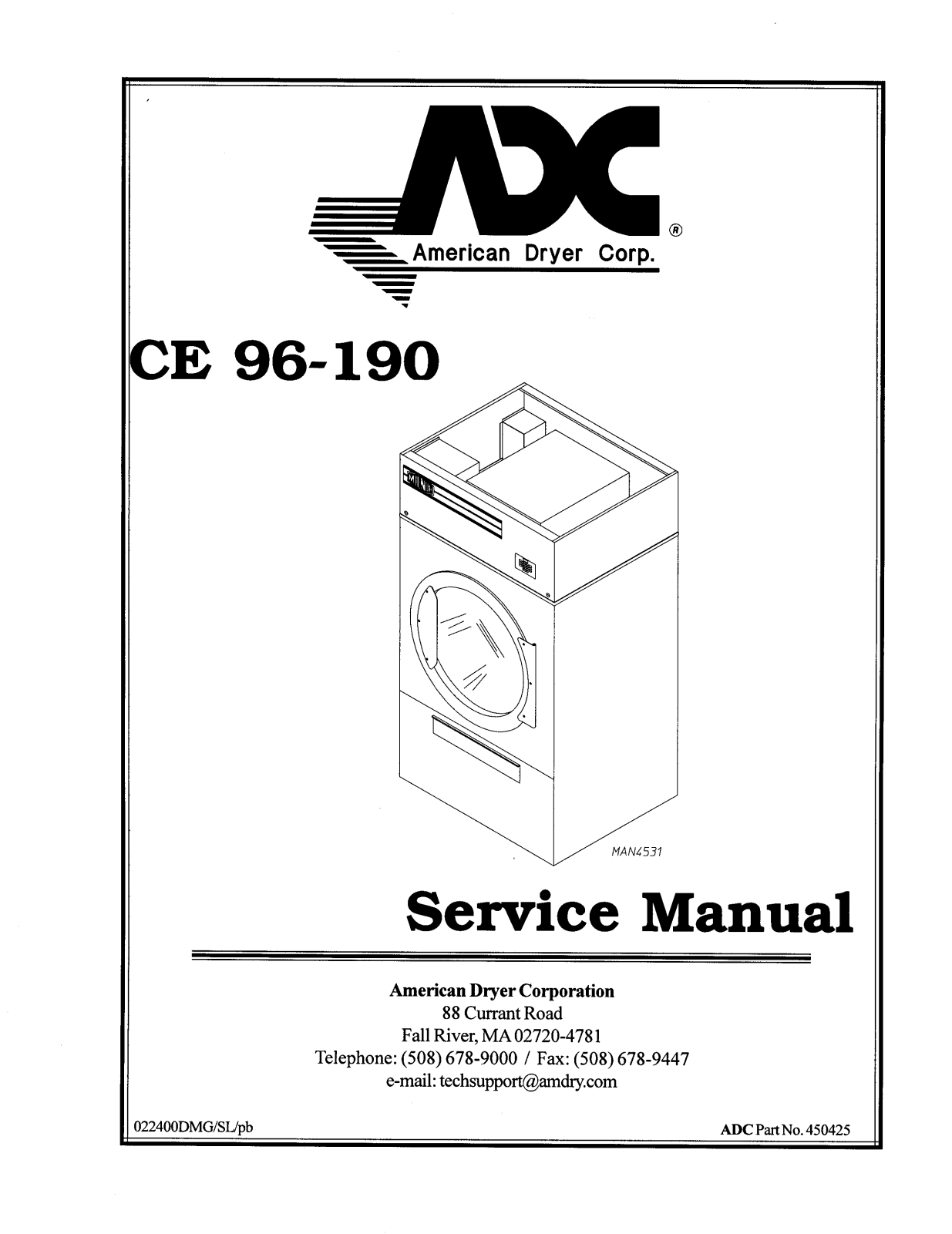

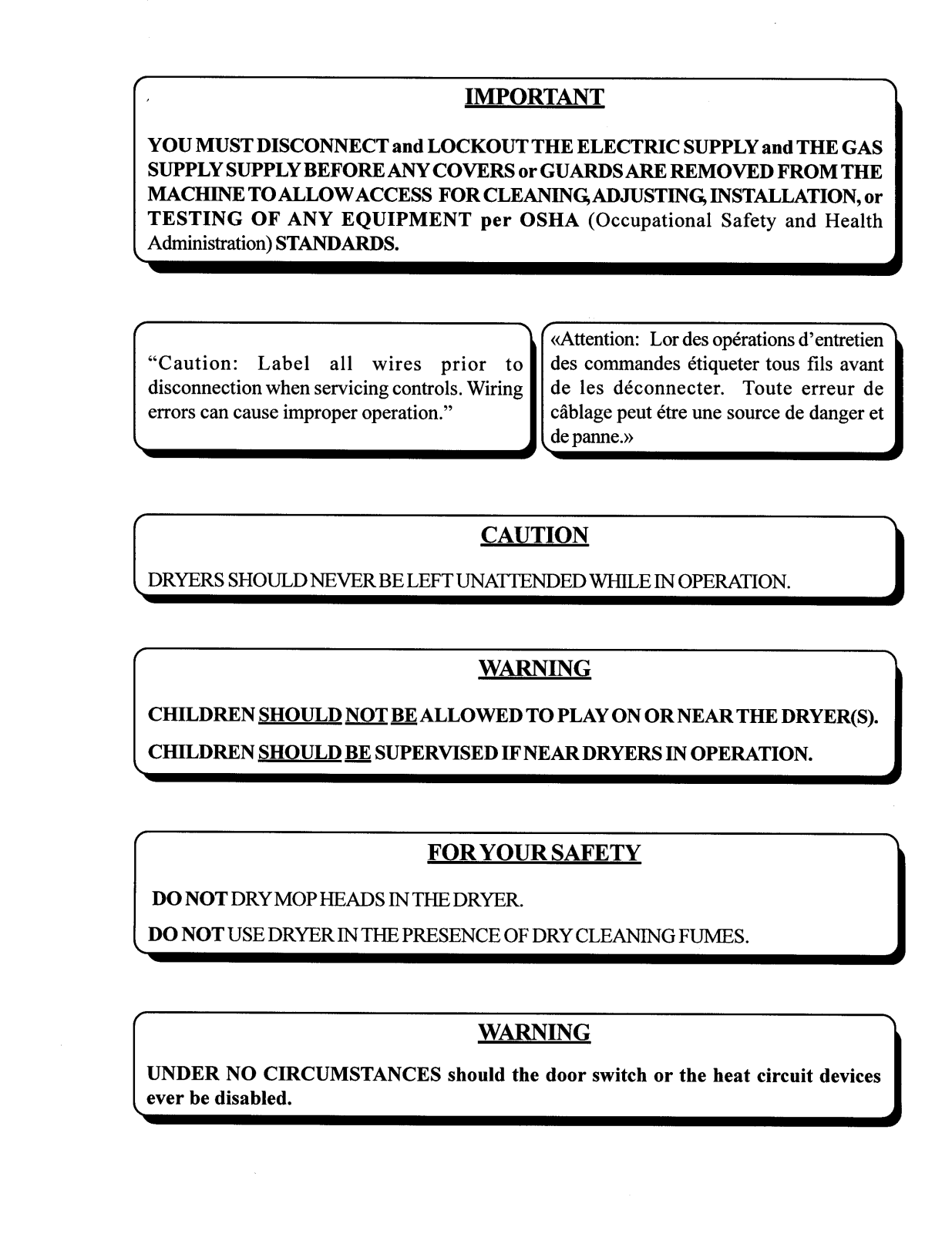
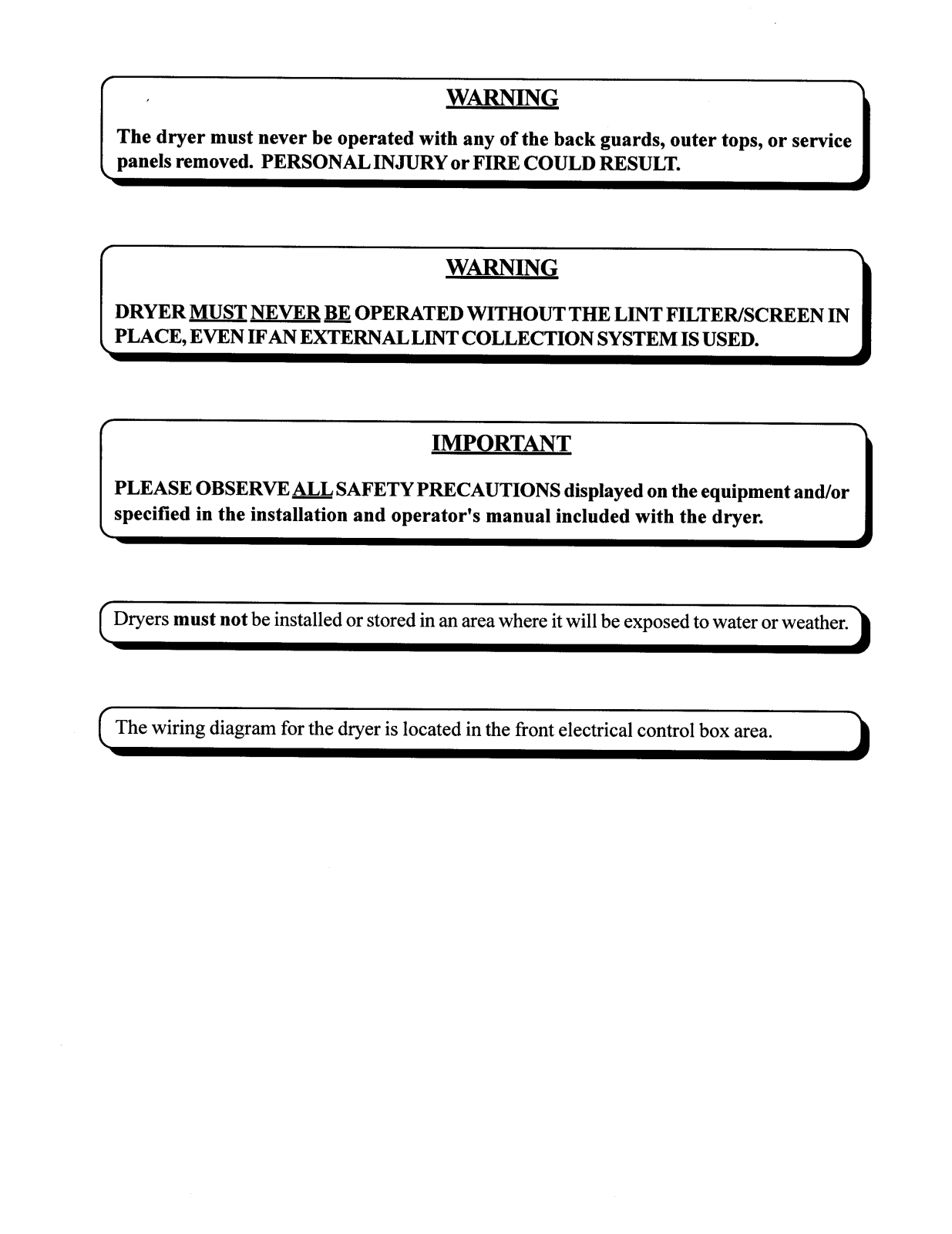
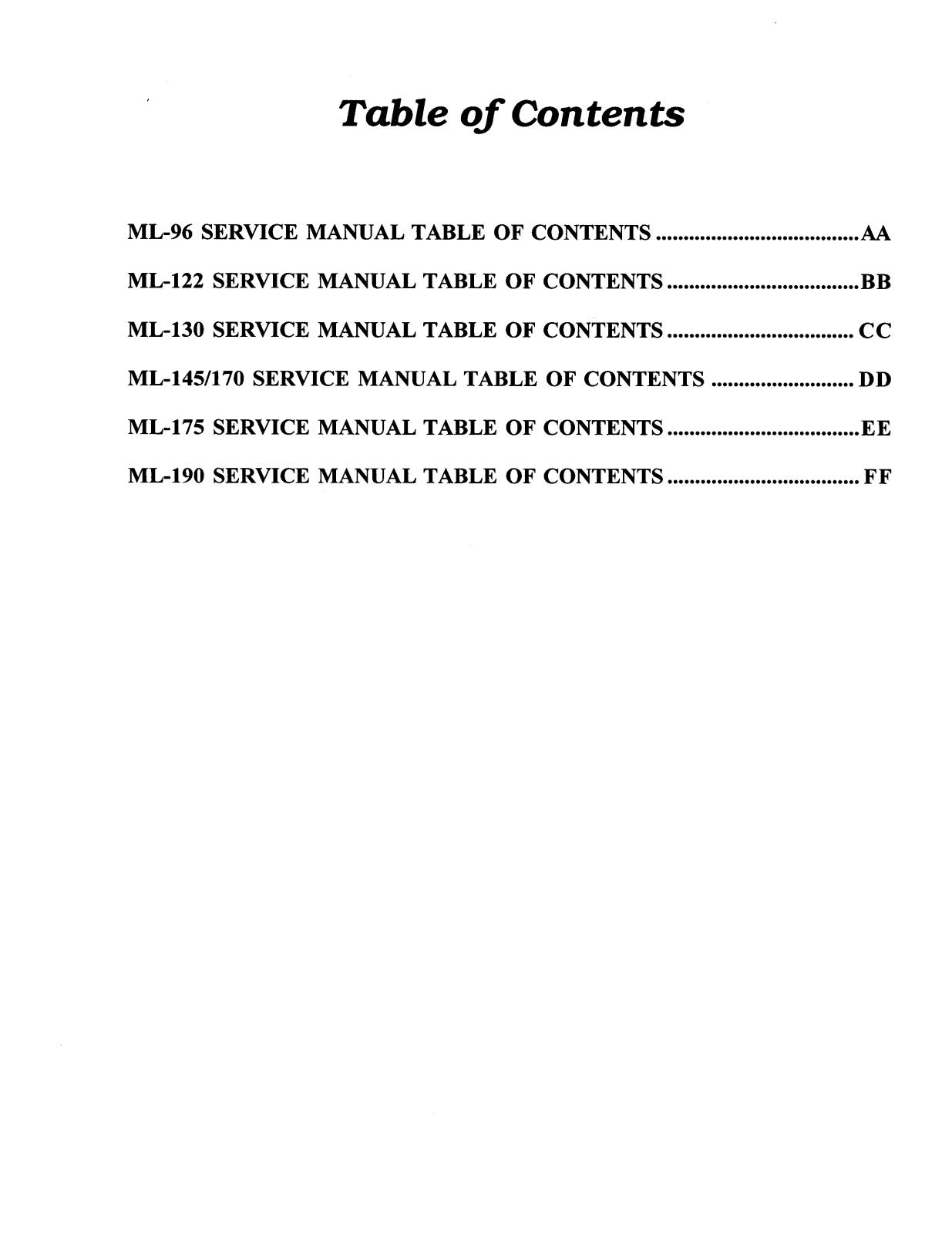
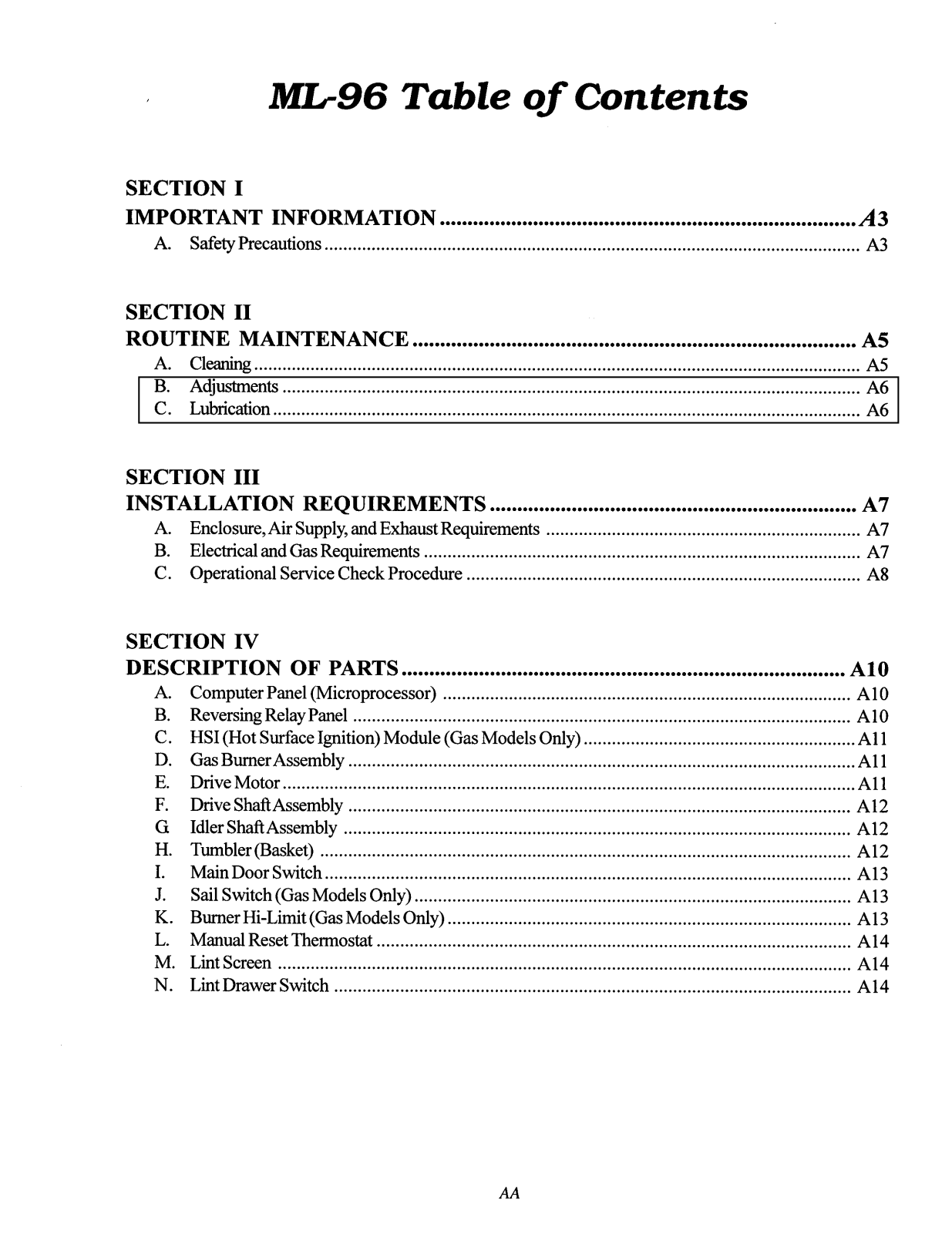
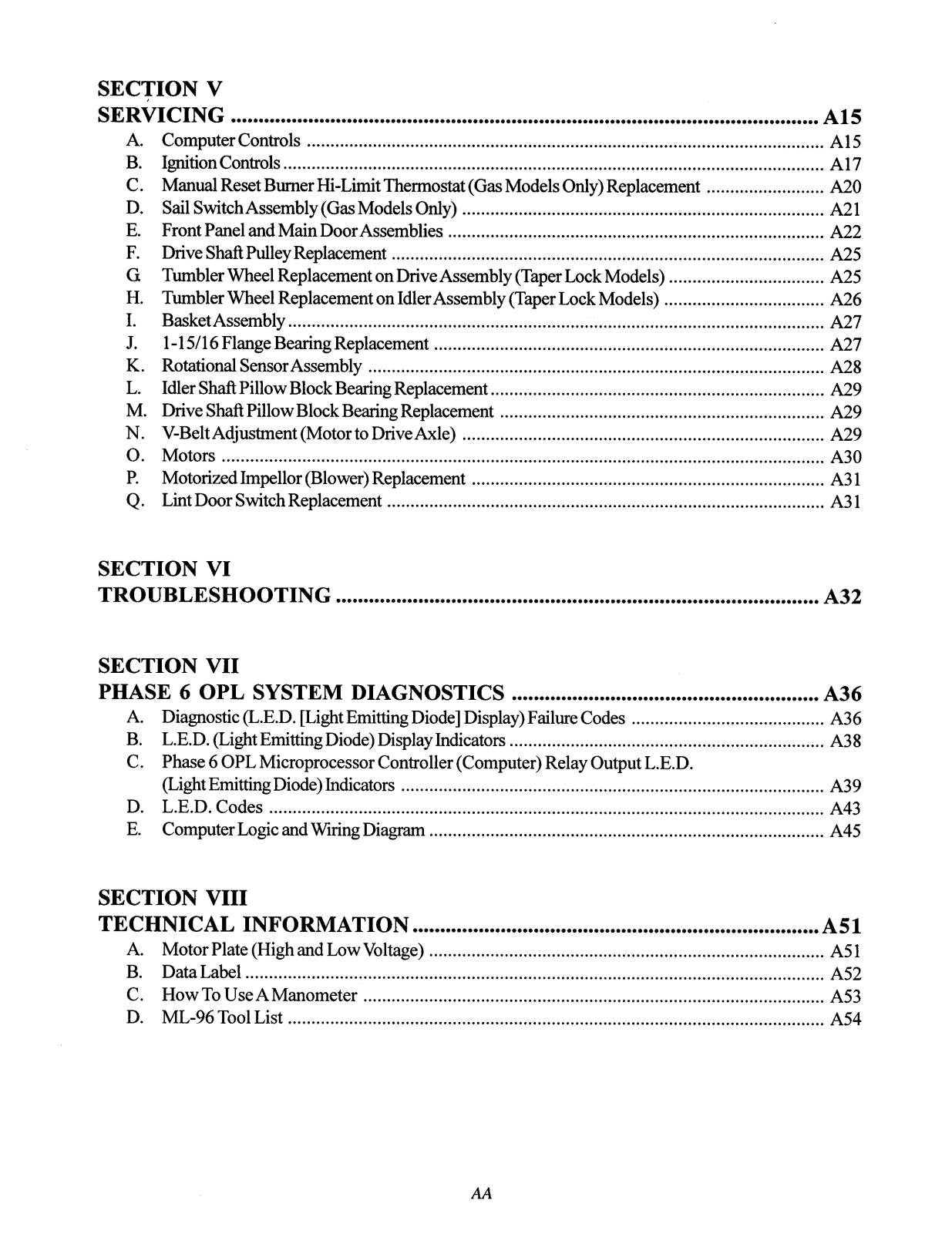
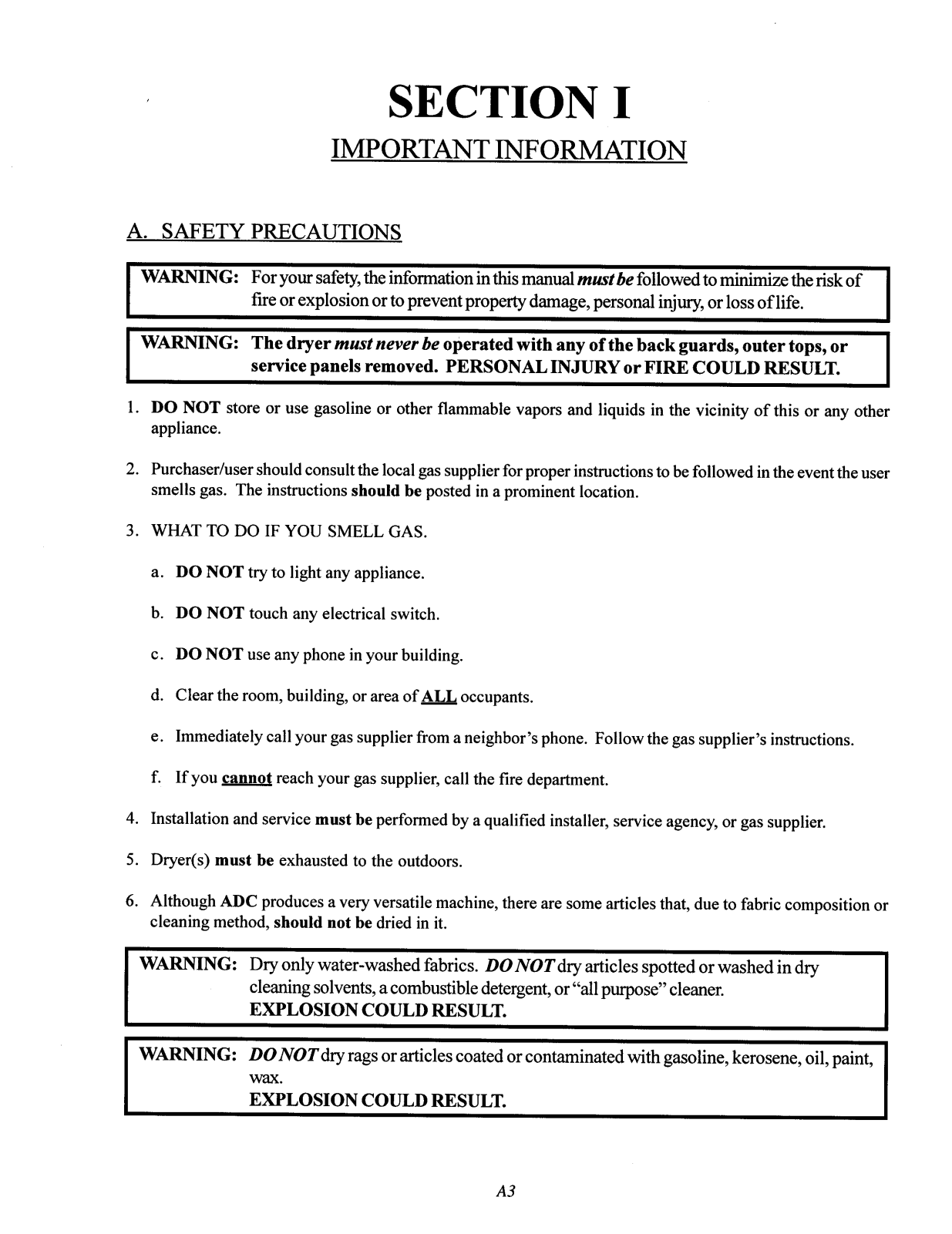
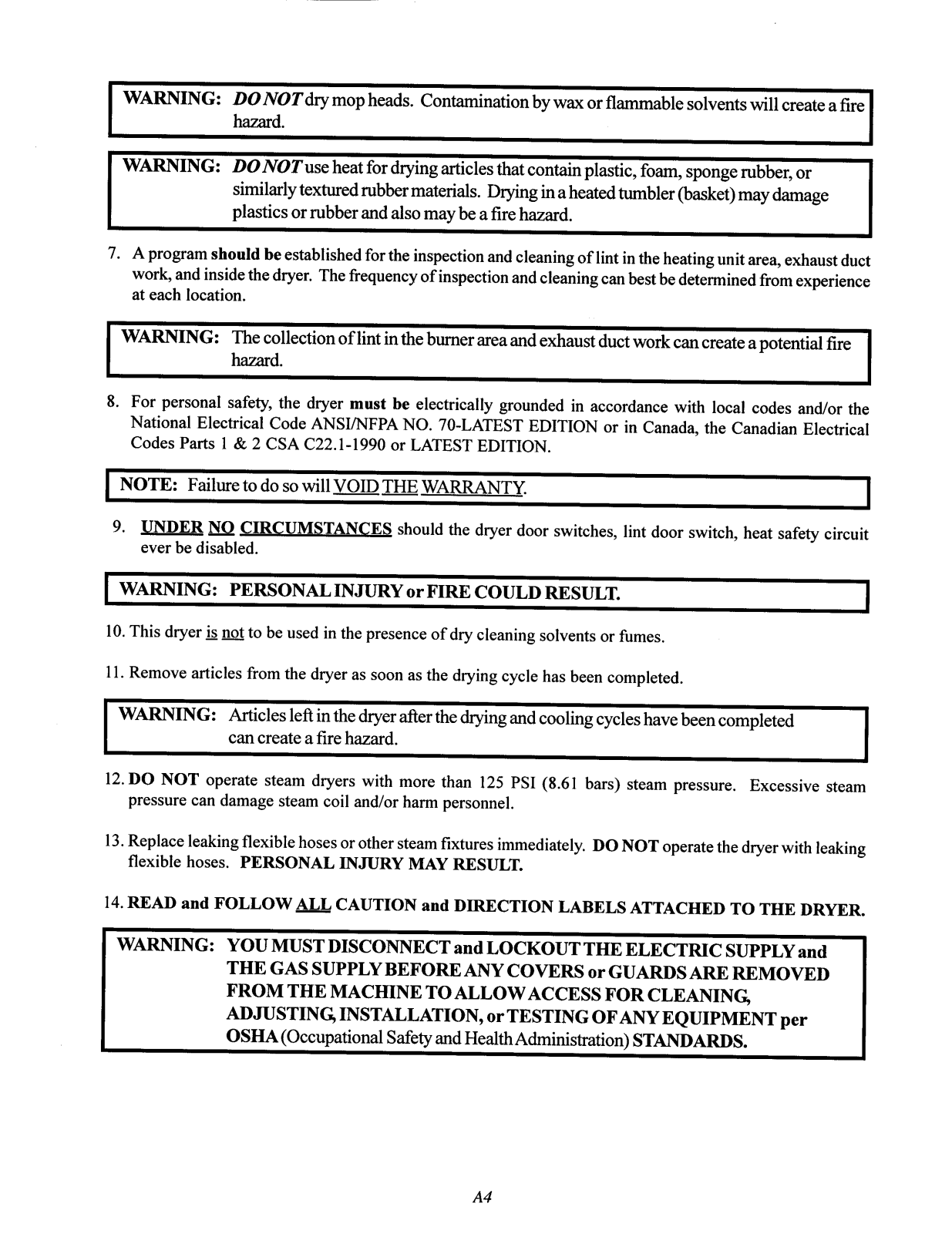
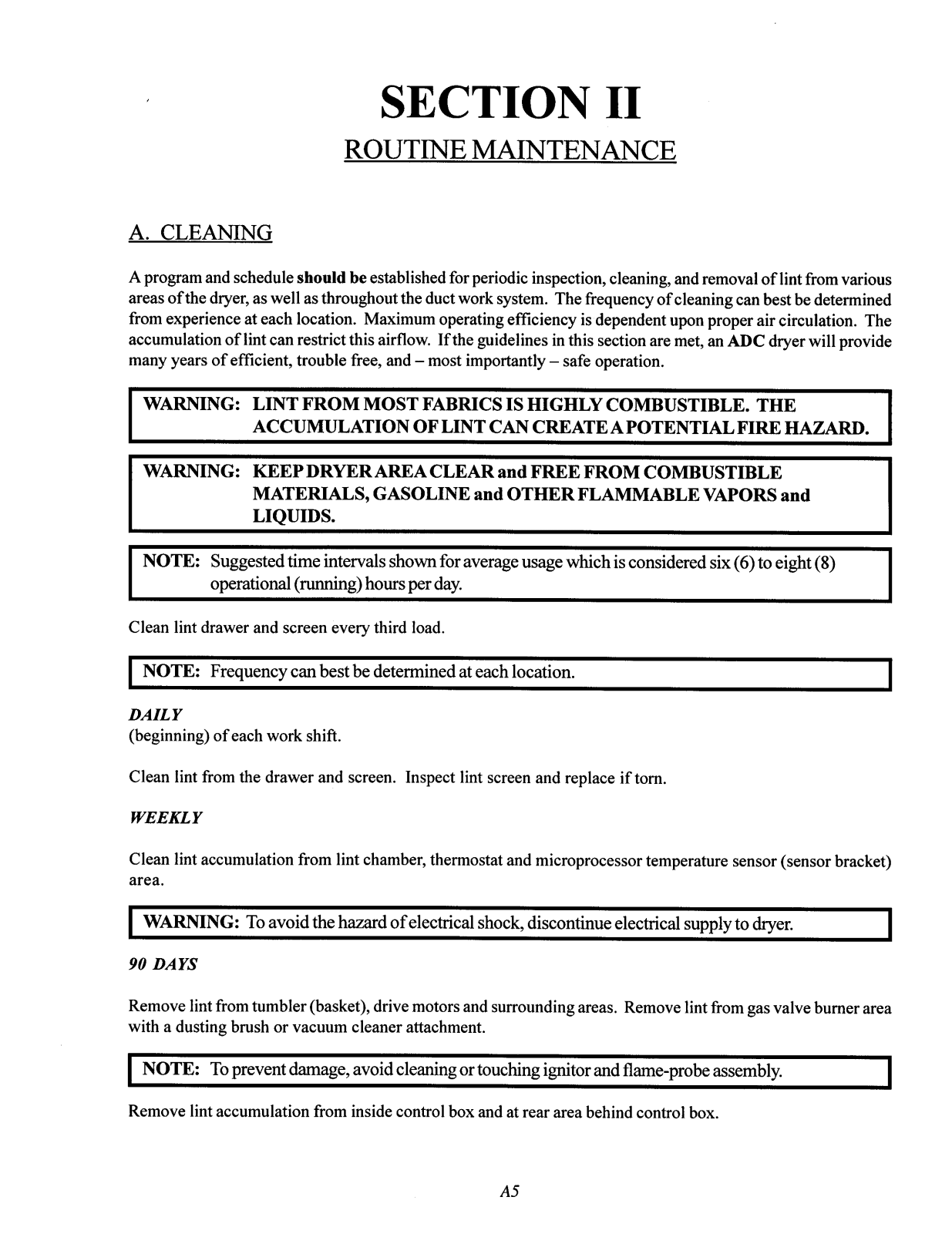
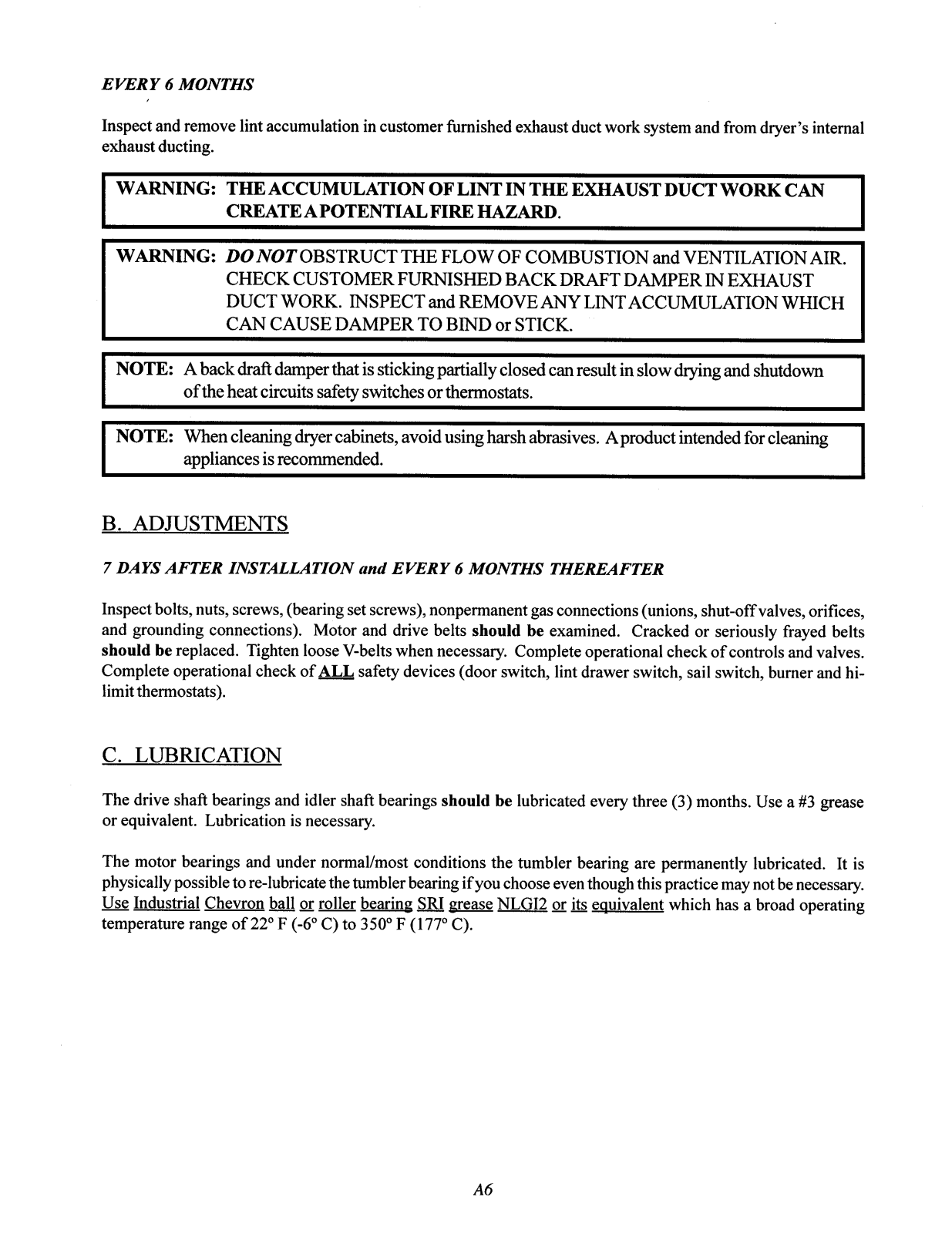
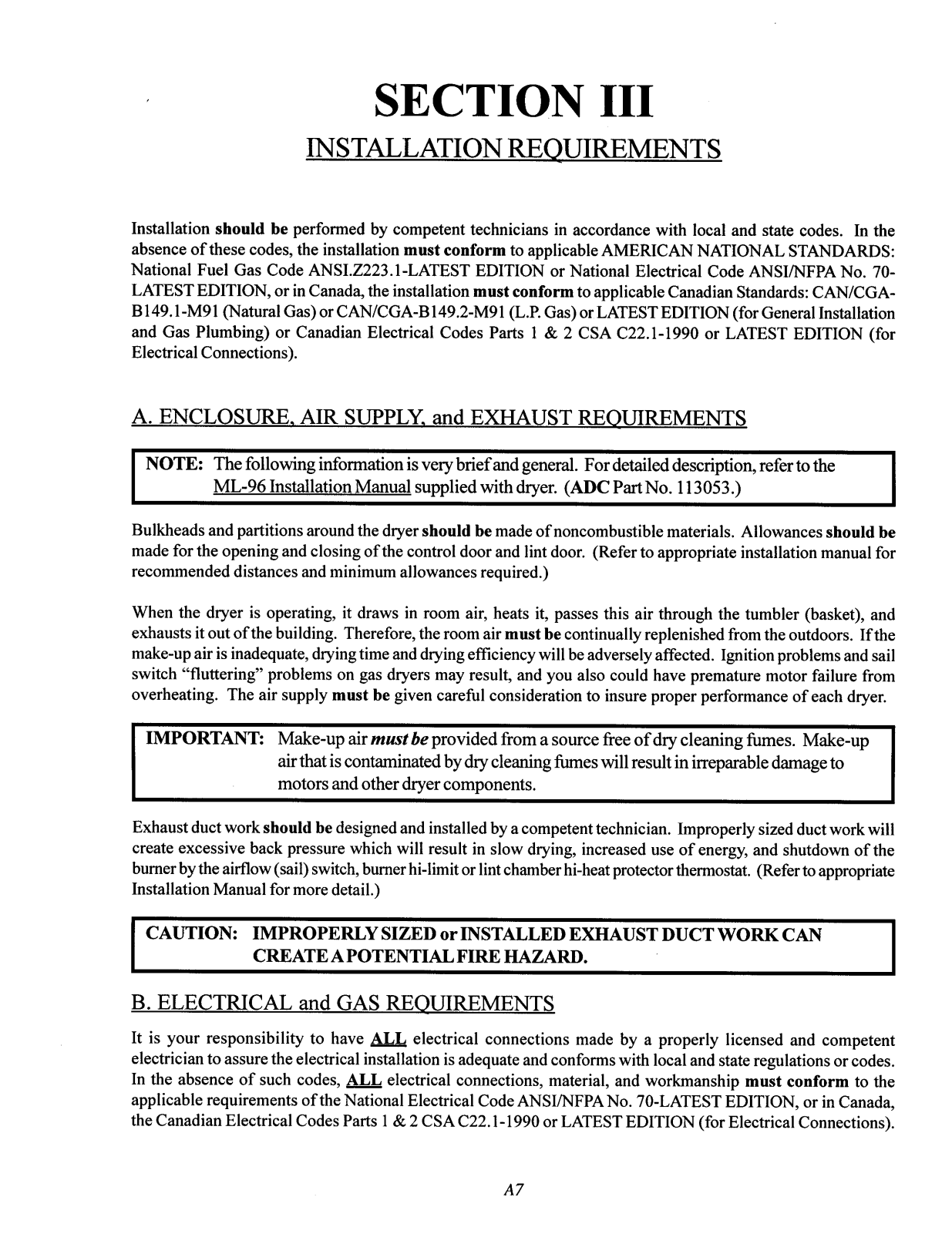
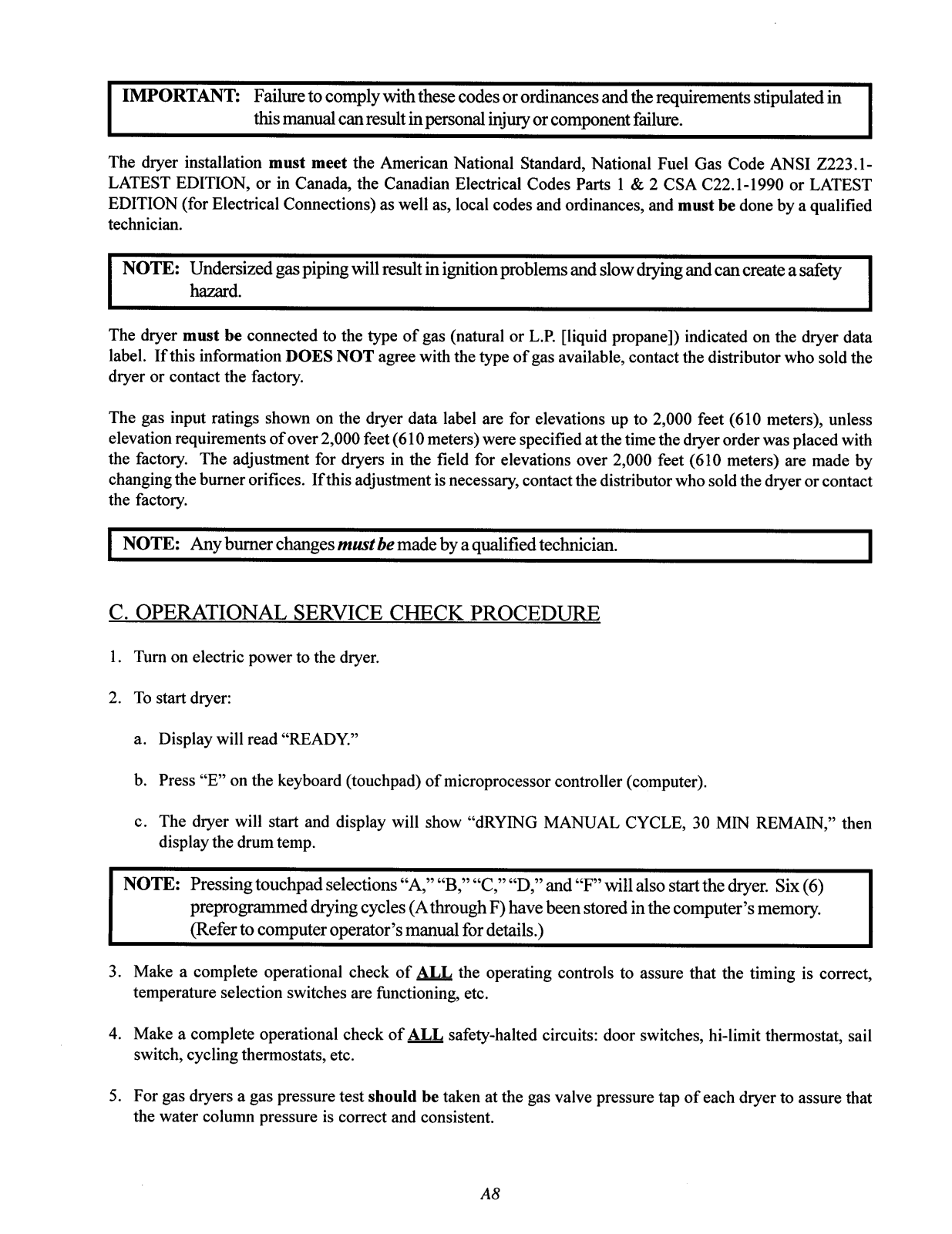
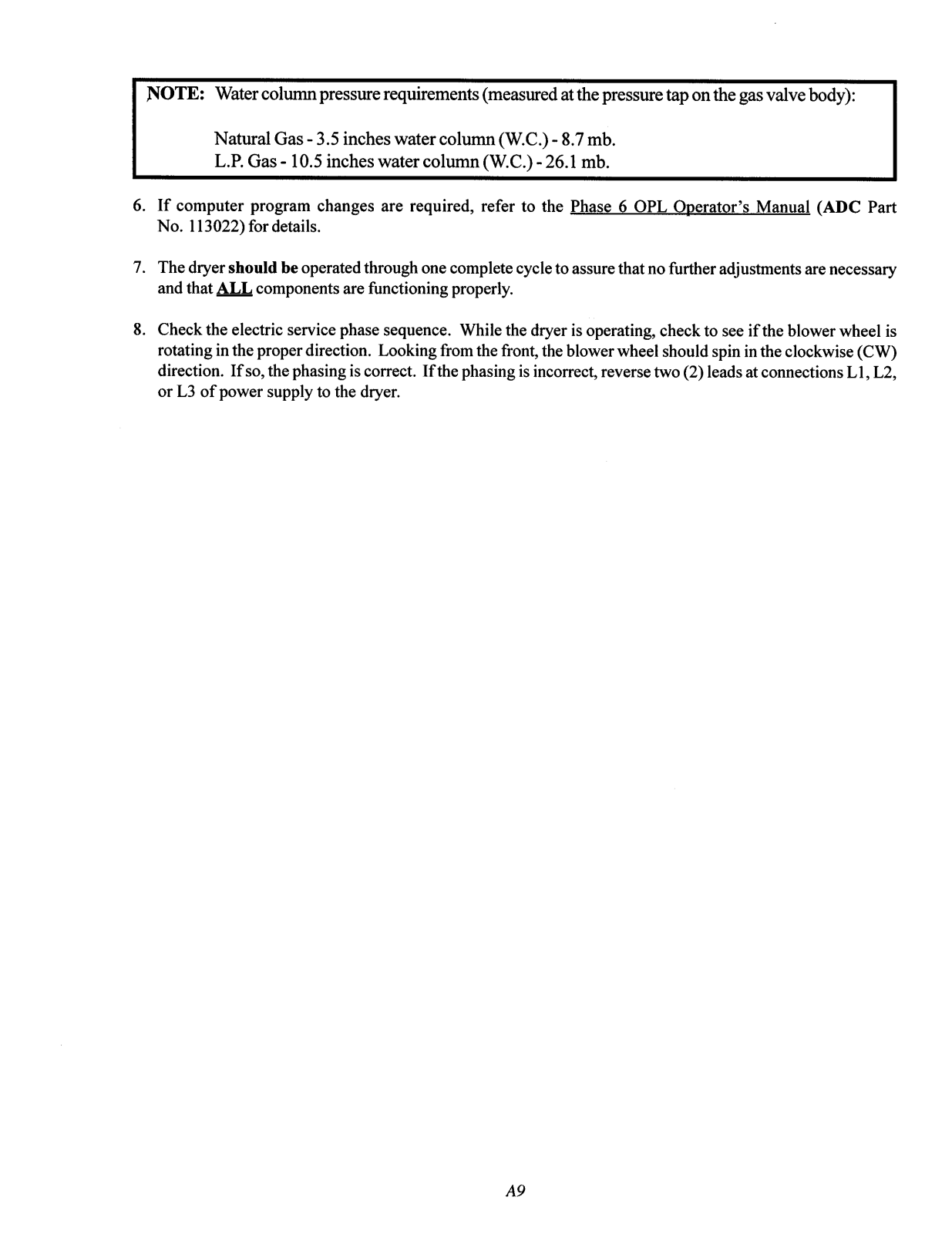
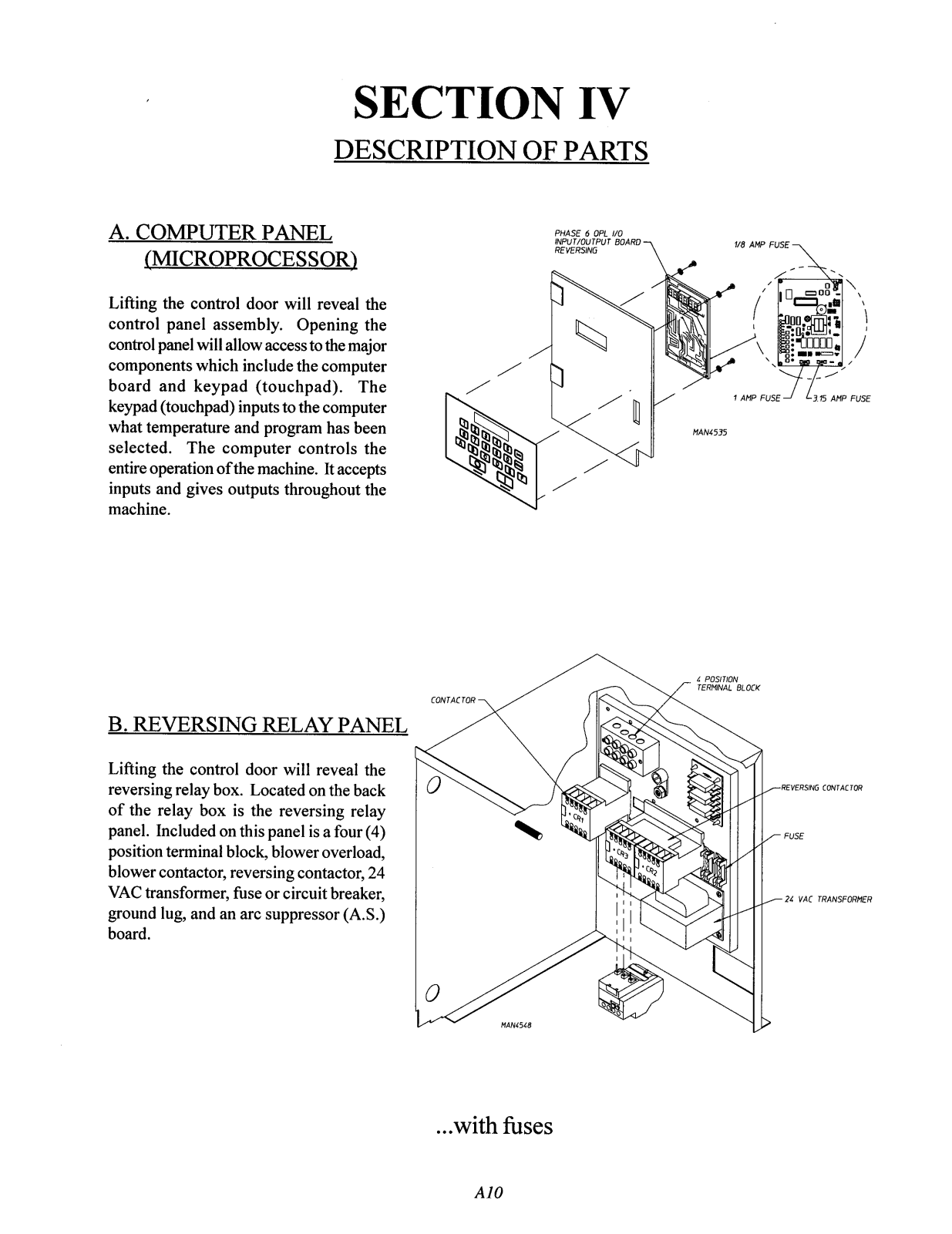
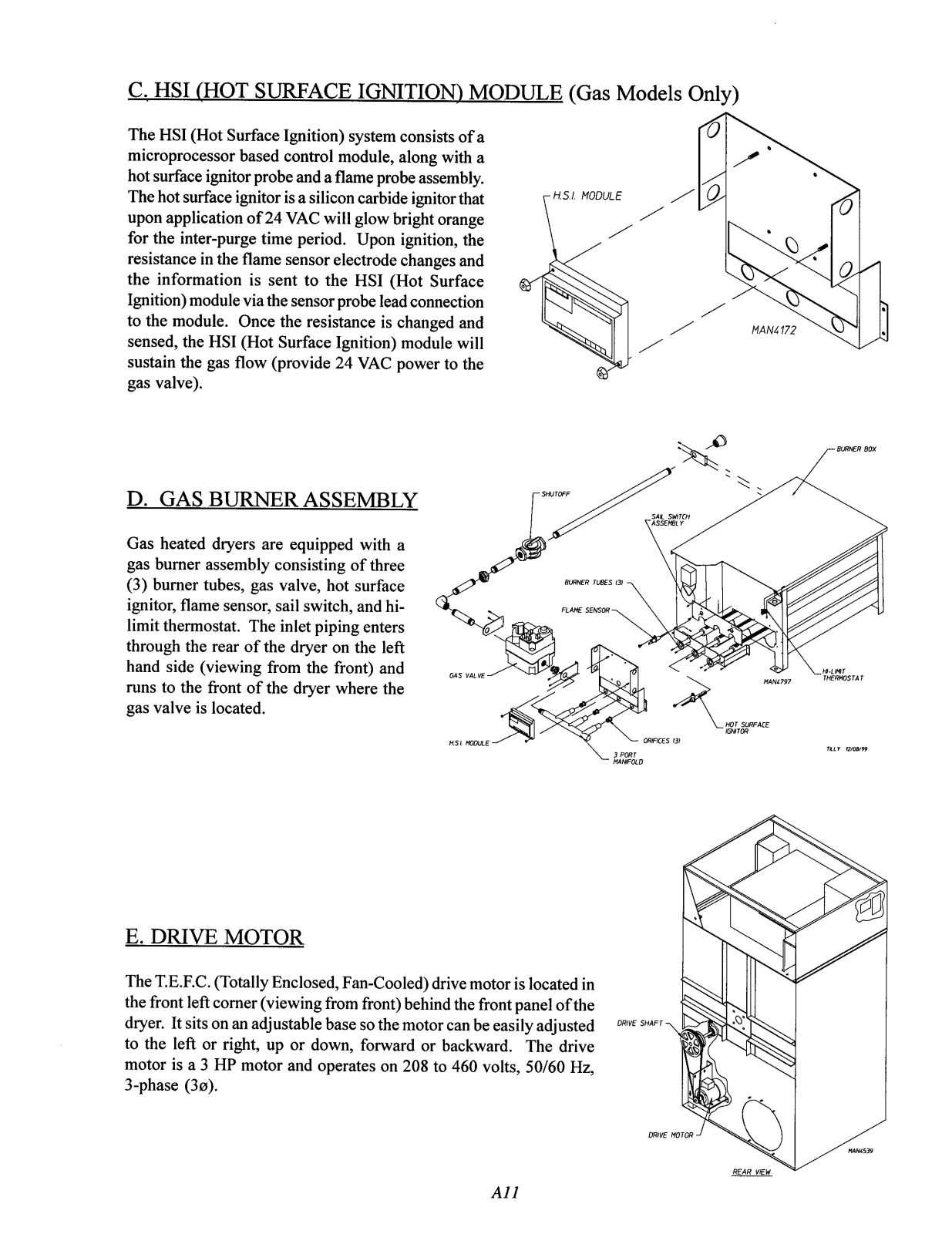
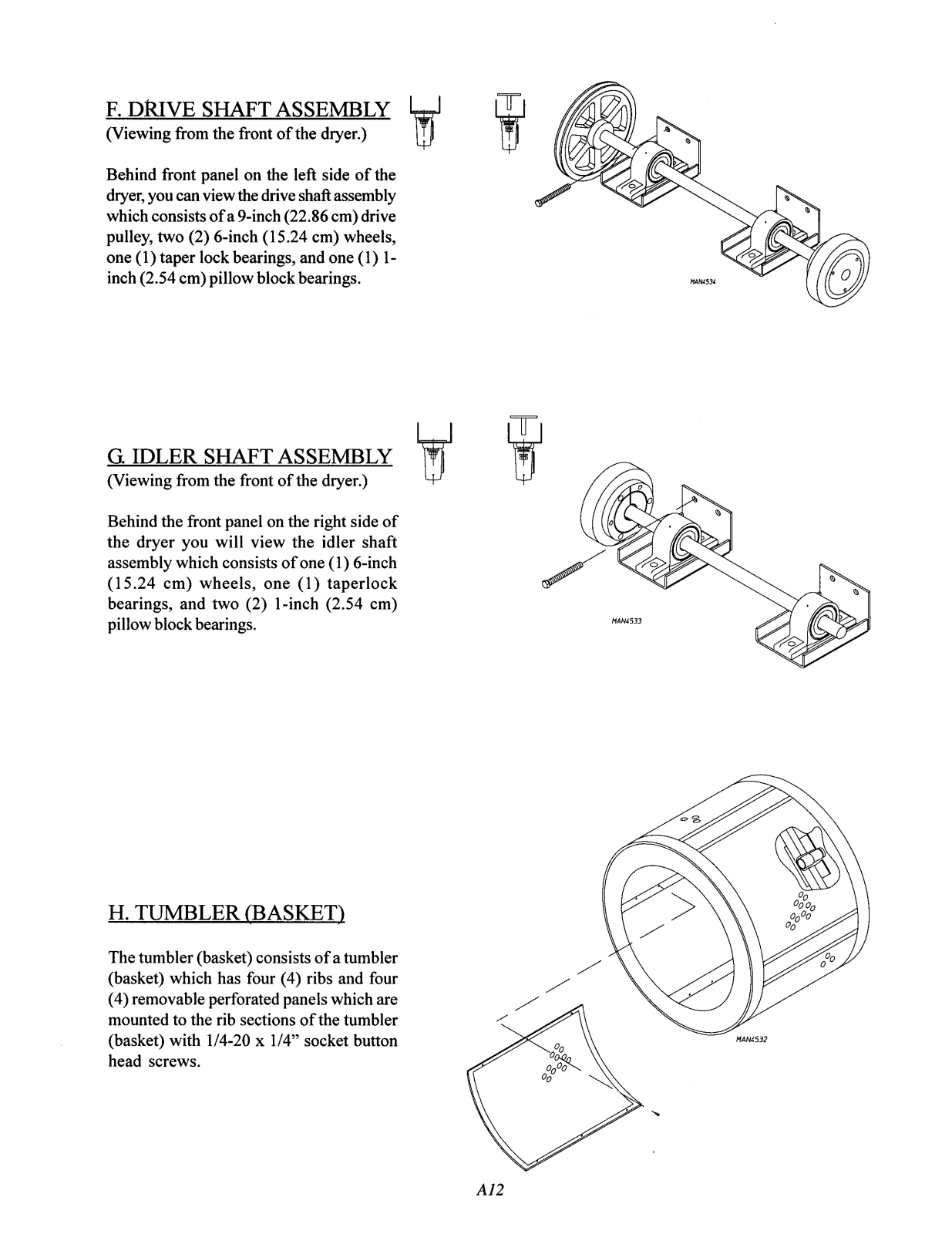

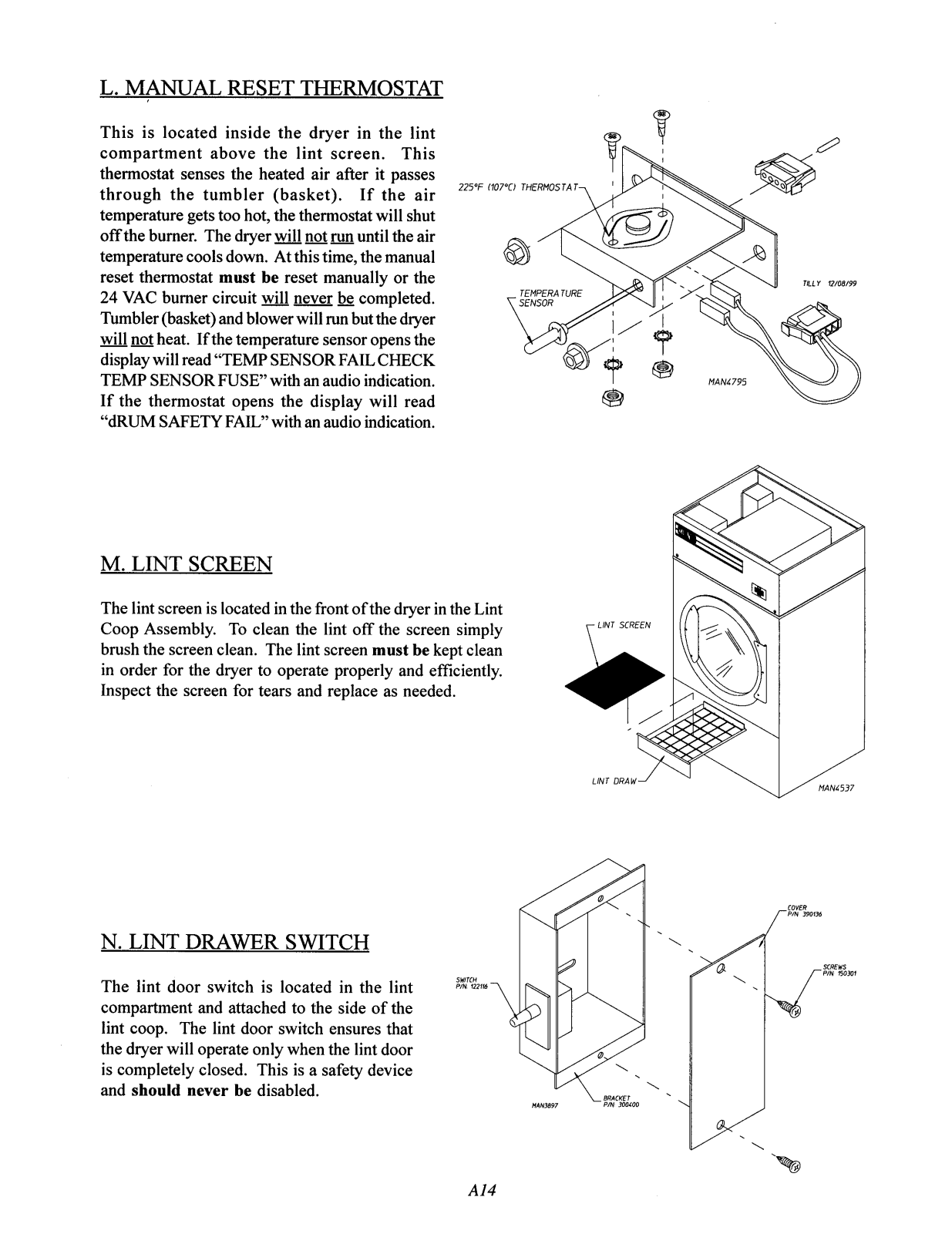
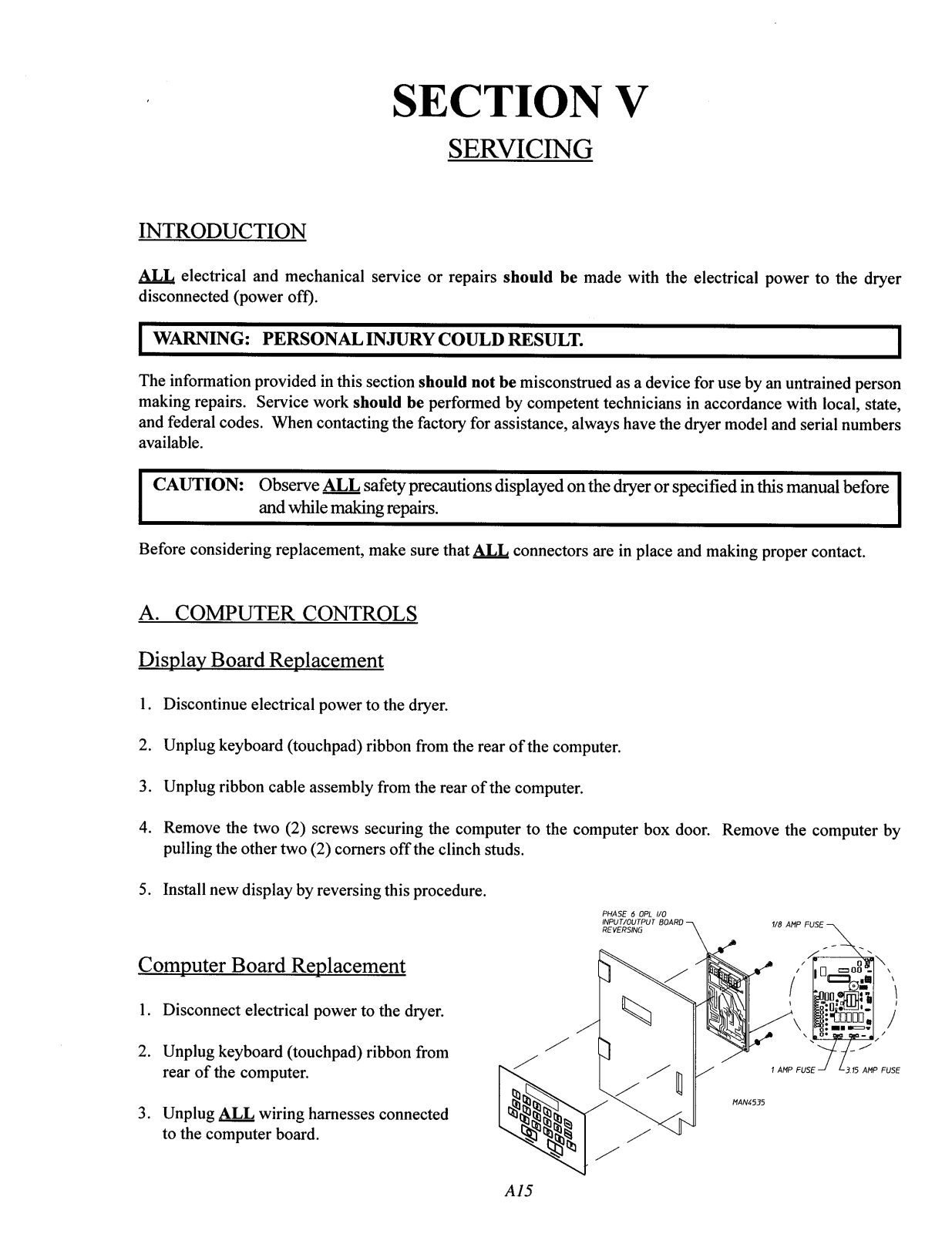
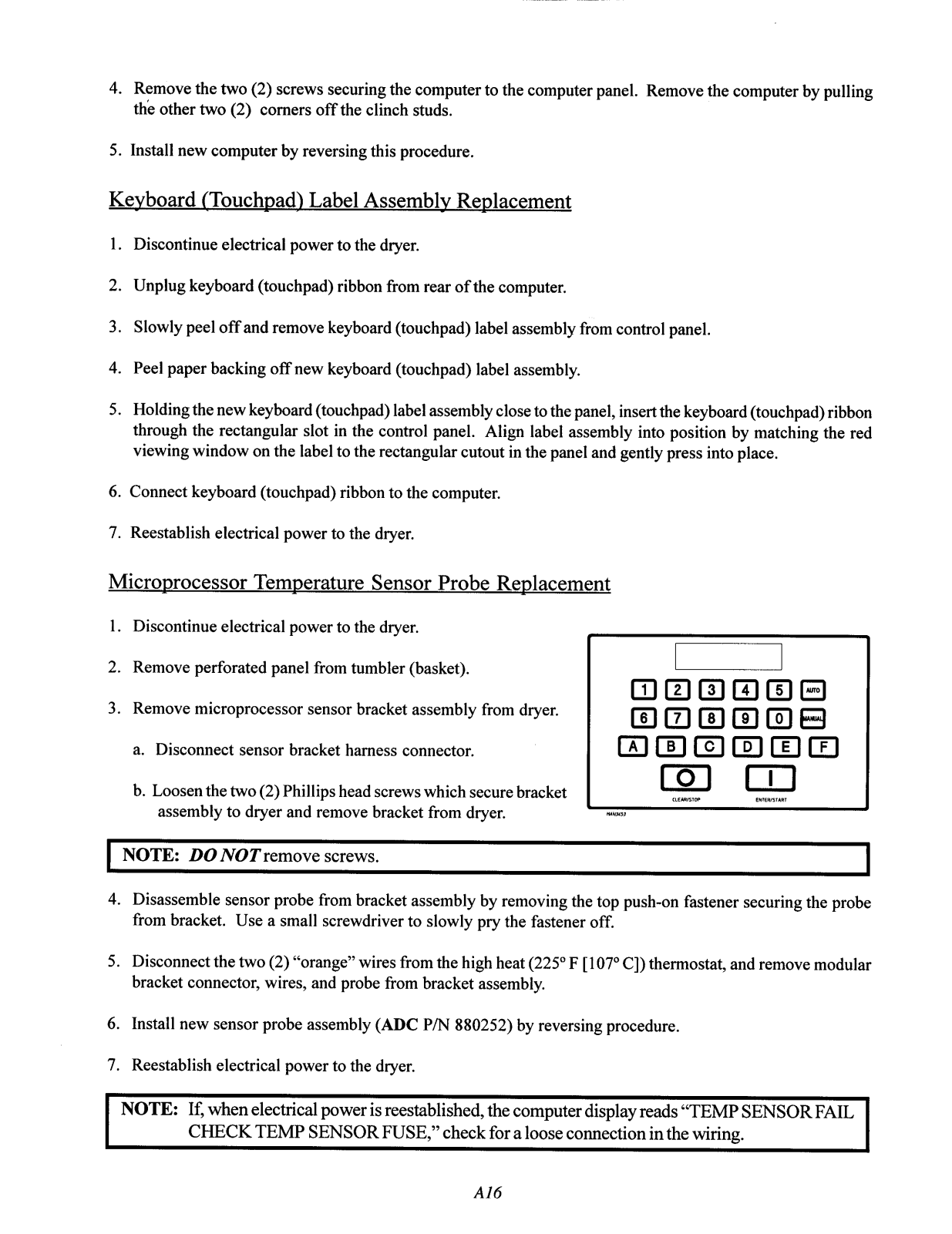
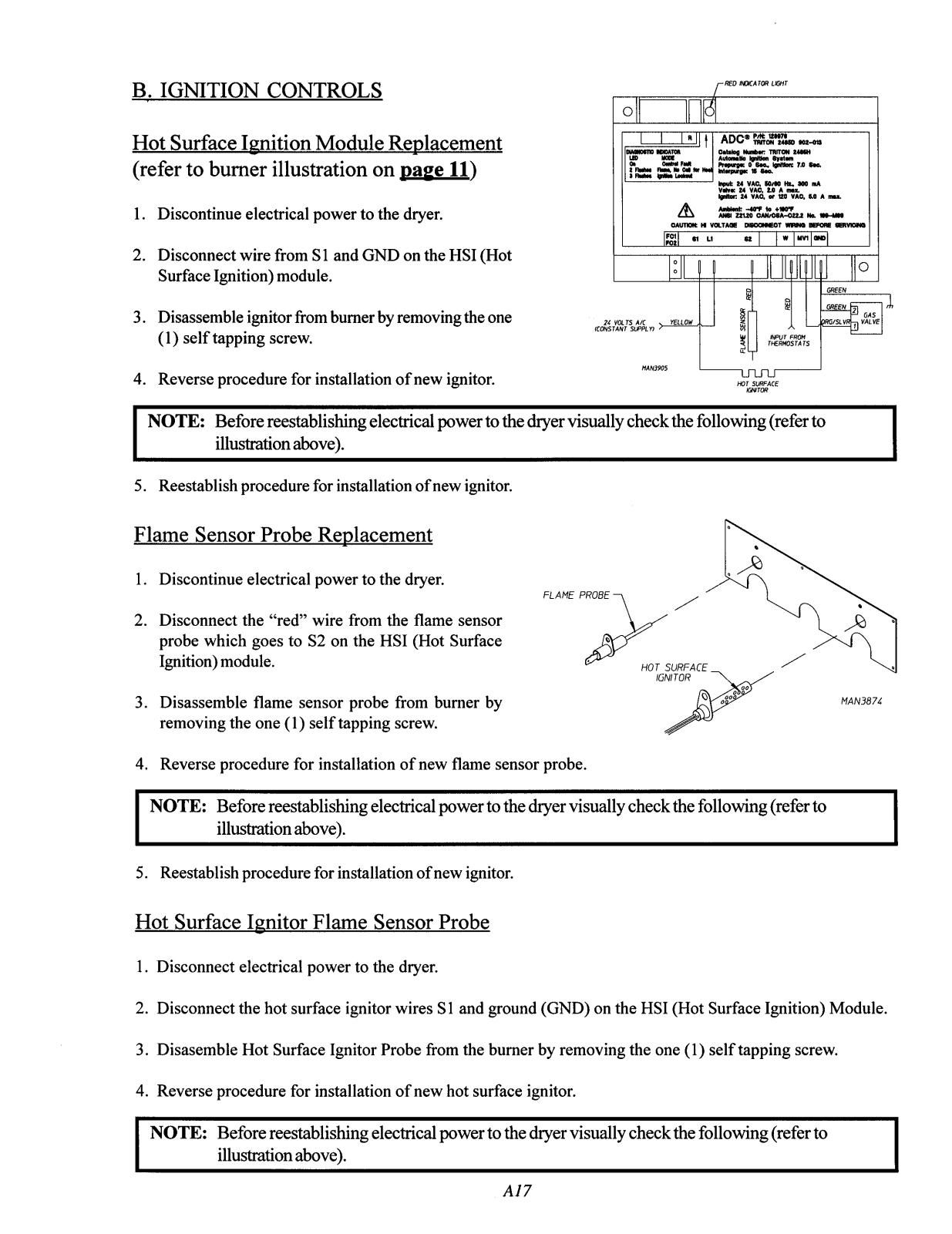
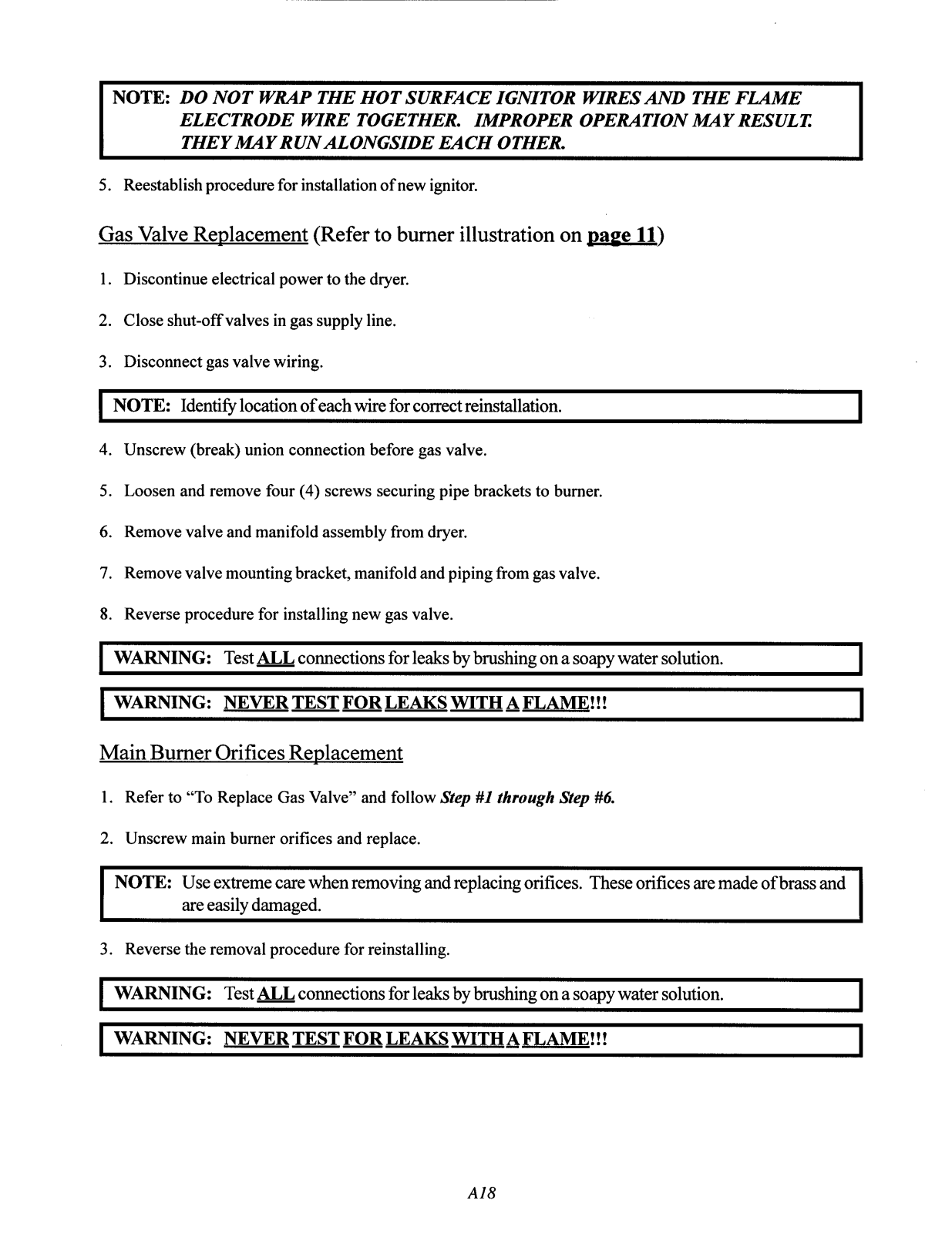
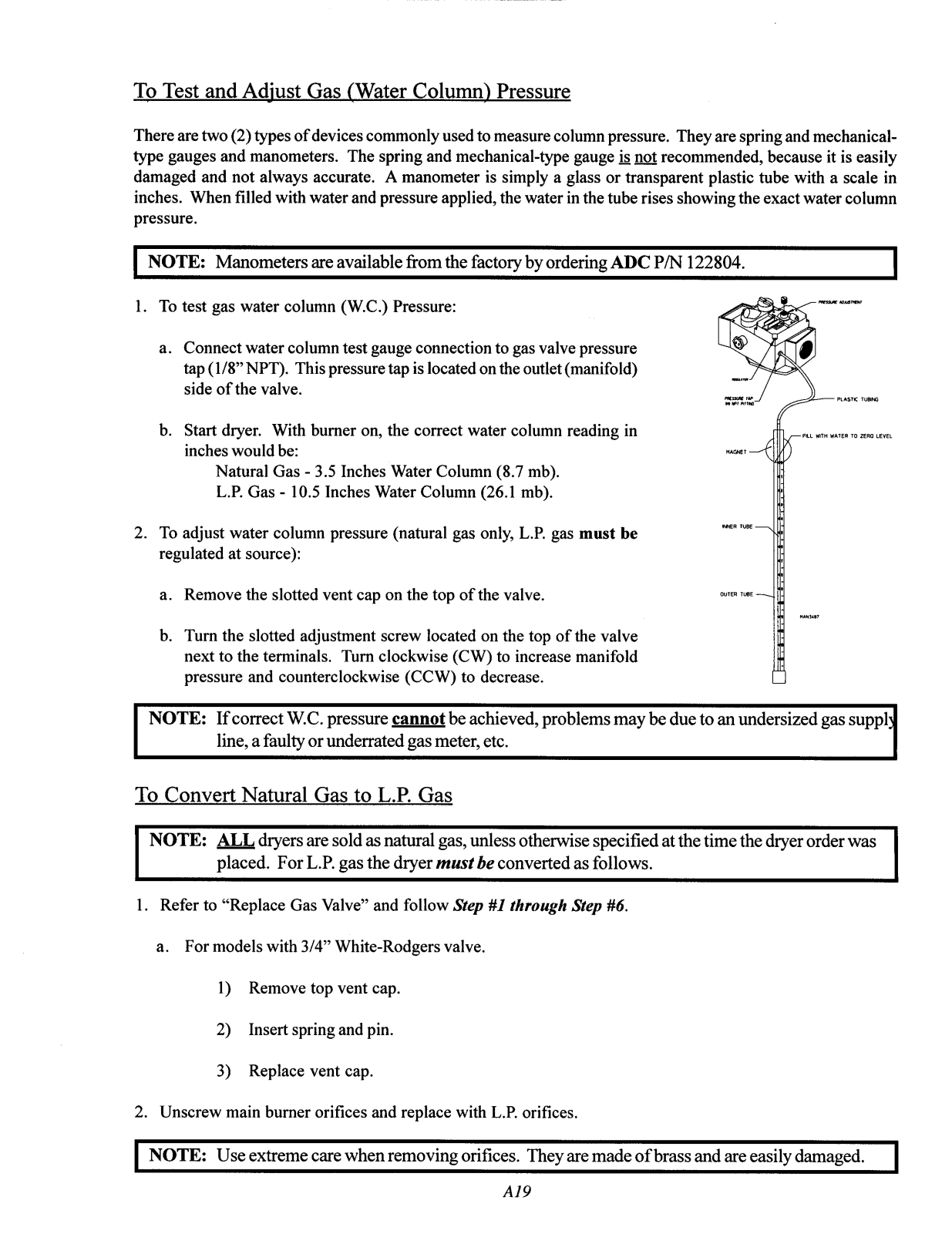












































































